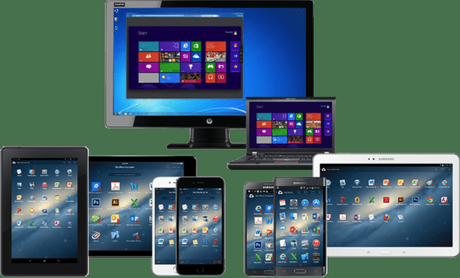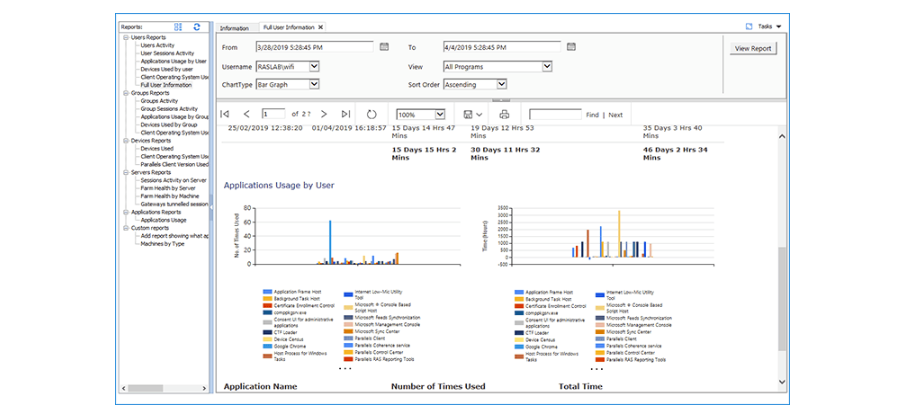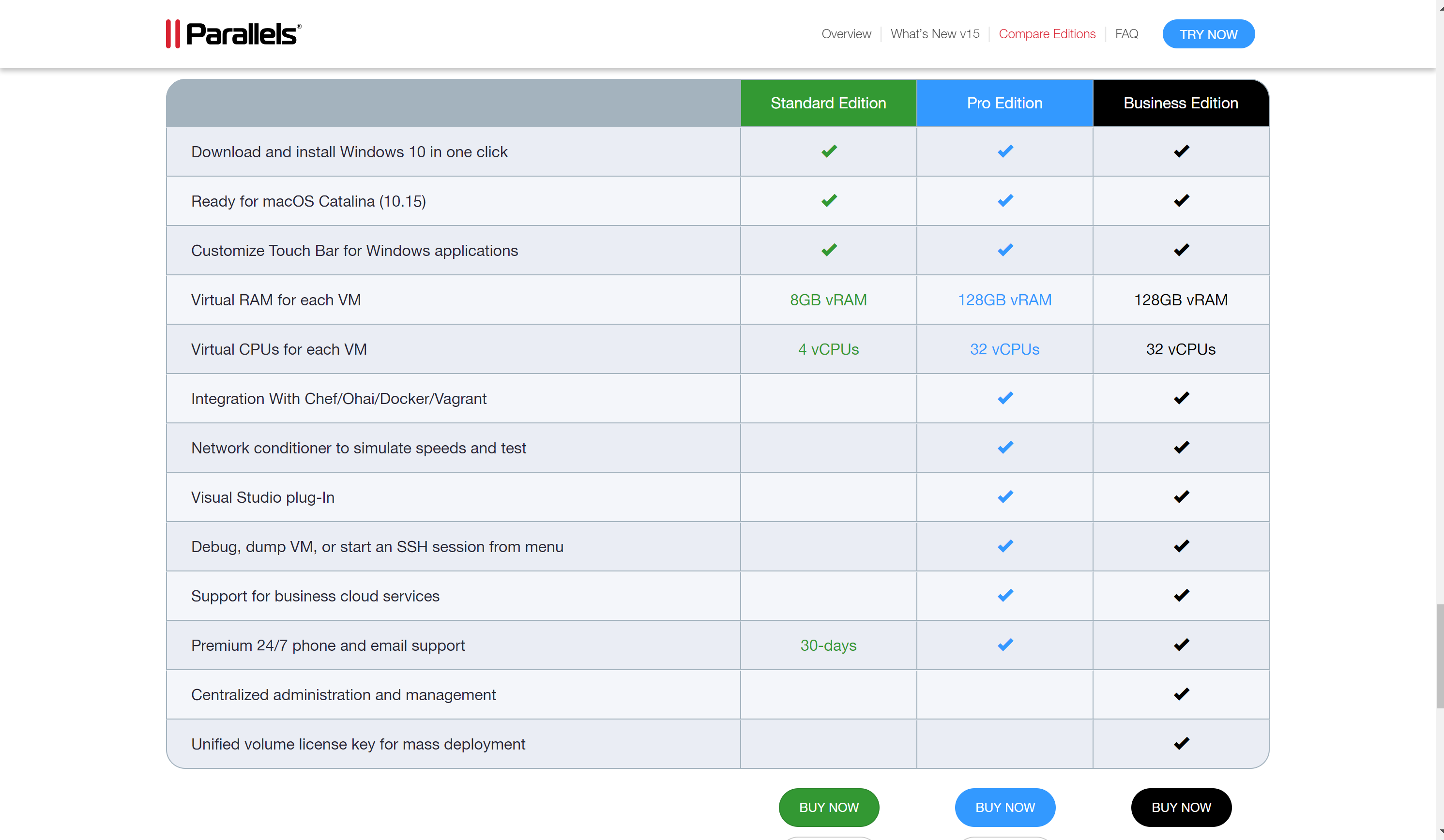Posts about parallels written by fancypearlsmith. After an abundant amount of research and multiple inquiries to my “geek friends,” I believe that I have finally created a decent comparison chart that outlines pros and cons of each product that is in the running to run Windows software on Mac.
As a homeowner who is just learning about solar energy options, it is easy to get confused with all the technical terms you might read or hear about. You may have come across the different ways that solar panels can be wired. And your first thought might be: does this really matter? After all, you just want the panels to produce electricity!
How your solar panels are wired actually does matter. It impacts the performance of your system, as well as the inverter you will be able to use. You want your panels wired so that they give you the best savings possible, and a better return on investment.
Here are answers to a few of the common questions homeowners ask about wiring solar panels that can help you get a better understanding of whether your panels should be wired in series or parallel.
Pros And Cons Meaning Dictionary
On this page
- Google App Engine Pros and Cons. The pros of Google App Engine are: Economical for low traffic applications and smaller businesses. Faster autoscaling capabilities. The features of version management and traffic splitting are built into App Engine, hence making these features faster and efficient. Reduced management complexities.
- Easier to program and debug than MPI. Directives can be added incrementally - gradual parallelization. Can still run the program as a serial code. Serial code statements usually don't need modification. Code is easier to understand and maybe more easily maintained. Can only be run in shared memory computers.
What does it mean to wire solar panels in series?
Just like a battery, solar panels have two terminals: one positive and one negative.
When you connect the positive terminal of one panel to the negative terminal of another panel, you create a series connection. When you connect two or more solar panels like this, it becomes a PV source circuit.
Solar panels are wired in series when you connect the positive terminal of one panel to the negative terminal of another.
When solar panels are wired in series, the voltage of the panels adds together, but the amperage remains the same. So, if you connect two solar panels with a rated voltage of 40 volts and a rated amperage of 5 amps in series, the voltage of the series would be 80 volts, while the amperage would remain at 5 amps.
Putting panels in series makes it so the voltage of the array increases. This is important, because a solar power system needs to operate at a certain voltage in order for the inverter to work properly.
So, you connect your solar panels in series to meet the operating voltage window requirements of your inverter. Shop vac user manual wet dry vac.
What does wiring solar panels in parallel mean?
When solar panels are wired in parallel, the positive terminal from one panel is connected to the positive terminal of another panel and the negative terminals of the two panels are connected together.
The positive wires are connected to a positive connector within a combiner box, and the negative wires are connected to the negative connector. When multiple panels are wired in parallel, it is called a PV output circuit.

With parallel solar panels, the positive terminal from one panel is connected to the positive terminal of another panel and the negative terminals of the two panels are connected together.
Wiring solar panels in parallel causes the amperage to increase, but the voltage remains the same. So, if you wired the same panels from before in parallel, the voltage of the system would remain at 40 volts, but the amperage would increase to 10 amps.

Wiring in parallel allows you to have more solar panels that produce energy without exceeding the operating voltage limits of your inverter. Inverters also have amperage limitations, which you can meet by wiring your solar panels in parallel.
How do solar panels wired in series compare to solar panels wired in parallel?
A charge controller is a determining factor when it comes to solar panel wiring. Maximum Power Point Tracking (MPPT) charge controllers are for wiring solar panels in a series, where Pulse Width Modulation (PWM) charge controllers are used to wire solar panels in parallel.
To understand how wiring in series works in comparison to how parallel wiring works, let’s think for a moment about how Christmas lights used to work.
If a bulb burned out, came loose from its socket or broke, the entire string wouldn’t light up. This was because the lights were wired in a series. You would have to locate the problem bulb and replace it or reseat it to get the string of lights to work again.
Today, most Christmas lights feature a form of parallel wiring that allows for strings of lights to stay lit even when there is one troublemaker in the string.
Circuits wired in series work the same way for solar panels.
If there is a problem with the connection of one panel in a series, the entire circuit fails. Meanwhile, one defective panel or loose wire in a parallel circuit will not impact the production of the rest of the solar panels.
Pros Meaning
In practice, how solar panels are wired today depends on the type of inverter that is being used.
Find out how much solar panels can save you annually
Wiring solar panels when using a string inverter
String inverters have a rated voltage window that they need from the solar panels in order to operate. It also has a rated current that the inverter needs to function properly.
String inverters have maximum power point trackers (MMPT) in them that can vary the current and voltage to produce the maximum amount of power possible.
In most crystalline solar panels, the open circuit voltage is around 40 Volts. Most string inverters have an operational voltage window between 300 and 500 volts. Windows loader daz options blank. This would mean that when designing a system, you could have between 8 and 12 panels in a series.


Parallels Pros And Cons Free
Any more than that would exceed the maximum voltage the inverter could handle.
The thing is, most solar panel systems are larger than 12 panels. So, in order to have more panels in the system, you could wire another series of panels, and connect those series in parallel. This allows you to have the right number of panels to meet your home’s energy needs, without exceeding the limits of your inverter.
Which wiring works better – series or parallel?
In theory, parallel wiring is a better option for many electrical applications because it allows for continuous operation of the panels, even if one of the panels is malfunctioning. But, it is not always the best choice for all applications. You also might need to meet certain voltage requirements in order for your inverter to operate.
A critical balance of voltage and amperage needs to be achieved in order for your solar array to perform at its best. So, in most cases, a solar installer will design your solar array with a hybrid of both series and parallel connections.
Can you add more solar panels to your existing system?
Going with a full installation from the start is always best when installing a residential solar system. Using a solar calculator helps estimate your solar system costs and power needs in order to accurately determine how many panels you should have in your system.
However, if you were limited with your budget, or underestimated your future power needs when you installed your PV panels, you could consider adding more panels to your existing system.
If you are thinking about expanding your solar PV system in the future, you should design your system with that in mind. In order to accommodate more panels in the future, you should have an oversized inverter.
Does the use of microinverters or optimizers change how solar panels are wired?
The use of microinverters or optimizers in the design of your solar system can help avoid inverter-size limitations that string inverters have. By having each panel connected to its own microinverter, your system can be expanded one panel at a time.
Open mobile acl for tizen. This can be done with existing string inverters that are maxed out, provided that the additional panels are wired on the AC side of the string inverter.
How do you connect solar panels to the grid?
Another consideration between series wired and parallel wired is the amount of wires that are used to connect the solar system into the grid. A series wired circuit will use a single wire to connect. Meanwhile, a parallel wired system will have multiple wires to connect it into the grid.
Parallel Processing Pros And Cons
Series vs. parallel - why not have both?
The main thing to remember is that wiring in series will increase your voltage, while wiring in parallel will increase your amperage. Both of the voltage and amperage need to be considered when designing your system, especially when it comes to finding an inverter that will work best for you.
Most of the time, a solar installer will choose to design a system with both series and parallel connections. This allows the system to operate at a higher voltage and amperage, without overpowering the inverter, so your solar panels can operate at their best.
How much can you save with solar?
Key takeaways
- The way in which solar panels are wired determines how the system performs and what inverter the system can be paired with.
- When solar panels are wired in series, the positive terminal of one solar module is connected to the negative terminal of another, which increases the voltage of the solar system.
- Solar panels are wired in series to increase the voltage in order to meet the minimum operating requirements of the inverter.
- If solar modules are wired in parallel, the positive terminal of one module is connected to the positive terminal of another module, which increases the amperage of the system.
- Wiring solar panels in parallel allows you to have more solar panels without exceeding an inverter’s voltage limit.
Andy is deeply concerned about climate change but is also concerned about cost of living pressures on American families. He advocates for solar energy and solar battery storage only to the extent that they make financial sense for homeowners. He is not affiliated with any particular solar company in the United States.